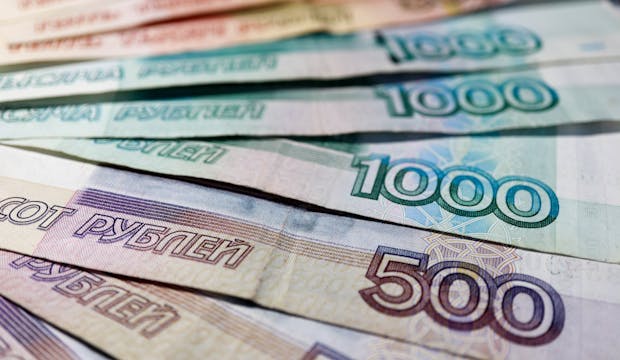Putin it into perspective

the complex game of chess for economic power in the background of Russia’s invasion of Ukraine
recently news broke that India and Russia were exploring a Rupee-Rouble trade mechanism that will allow Indian exporters to be paid in Rupees for their exports to Russia instead of Dollars or Euros. this might even extend to the world’s third-largest oil importer buying oil from Russia at a discounted rate at a time when the US has cut off imports and Europe slowly turns off the tap.
the cinch? the two countries are exploring the use of the Chinese Yuan as a reference currency to value the Rupee-Rouble trade mechanism. what does that mean and why does it matter?
Dollar dominance
perhaps you’ve heard of this astonishing fact: 40% of all US Dollars in circulation as of May 2021 had been ‘printed’ in just the preceding 12 months. while this doesn’t mean that the equivalent amount of ~$2.7 trillion was literally printed in that period, it does mean that amount was added to the ‘system’ as the US meted out stimulus programs to help its people tide over the pandemic. it created the money sort of “out of thin air” so to speak, partially through debt and partially by letting its currency devalue to an extent.
but it wasn’t always so. until very recently (about 50 years ago), countries couldn’t blindly print their currency as per their wish. the paper money had to be backed up by an equal amount of gold in their reserves. but that “gold standard” that had existed since the Byzantine era was replaced at the Bretton Woods Agreement (1944) by the US Dollar as the world’s reserve currency. this was in the aftermath of World War 2 with the sentiment overwhelmingly in favour of the US which had a lot of power at the negotiating table.
it is that status as the world’s reserve currency that lends the US Dollar a lot of its power, and from one perspective, the impunity to print as much as it likes with little regard for its impact on the stability of other currencies around the world.
swift response
one of the backbones of this power has been the SWIFT system which is a financial protocol for exchange between different currencies that relies on the US dollar as an intermediary currency that determines exchange rates. with Russia, the world’s second-largest producer of oil now sanctioned out of the system, it seeks an alternate currency that can play that role of a backer-matchmaker. a large deal with India using the Chinese Yuan as that intermediary currency would not only effect a short term relief but also possibly spark its efforts towards building an alternate to the SWIFT system (one of which being touted is India’s own UPI).
oil at a discounted rate sounds like a great deal for India, one of the world’s largest consumers, especially at a time when the commodity’s price is on fire. but that deal being made with the country that lit that very fire might come with some very real geopolitical consequences. slippery times ahead.



